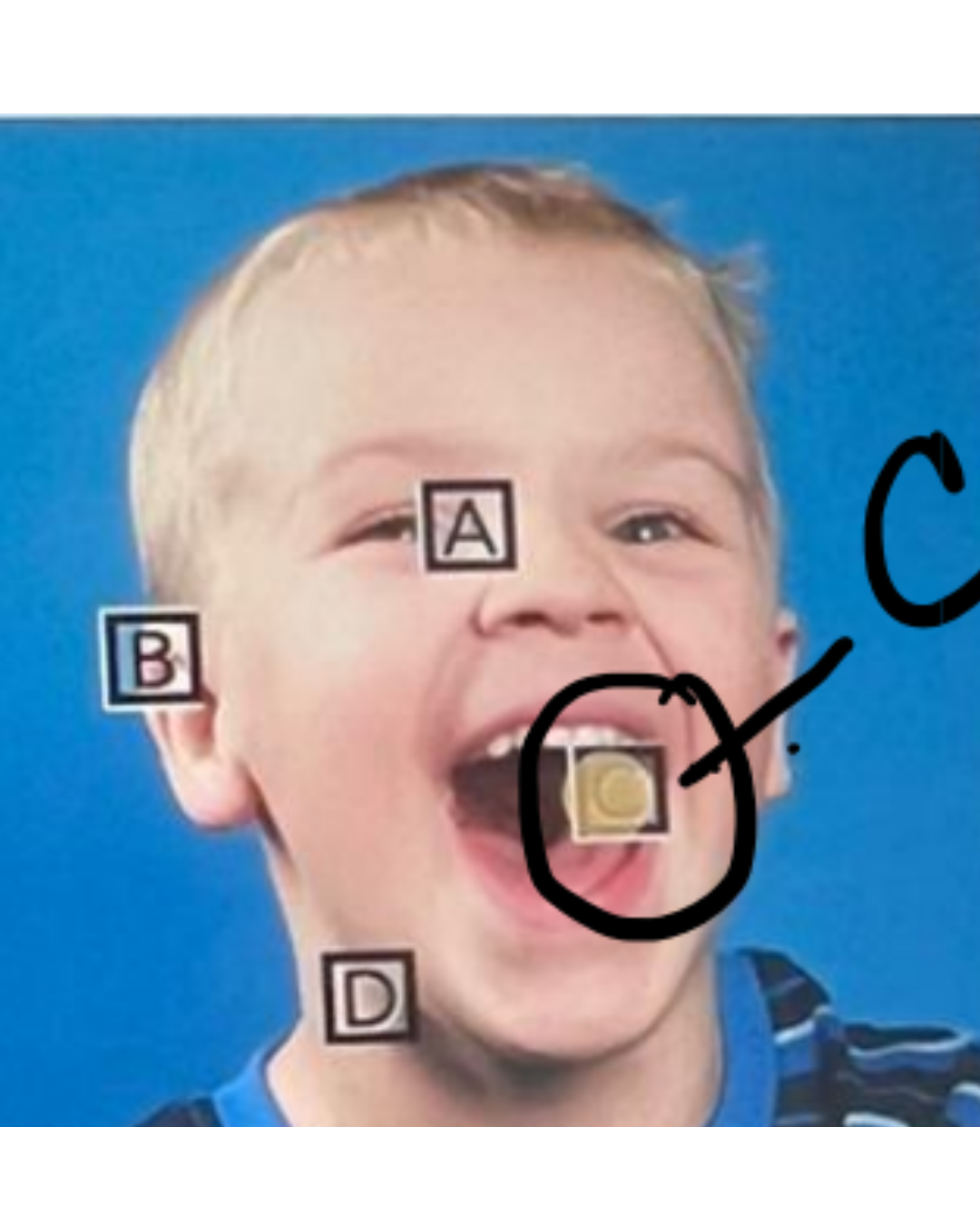ATI RN
RN ATI Pediatric Nursing Proctored Exam with NGN 2023 Questions
Extract:
Question 1 of 5
A nurse is preparing to administer an IM injection to a 3-year-old child. Which of the following statements should the nurse make?
Correct Answer: D
Rationale: The correct answer is D because allowing the child to choose which leg they receive the injection in gives them a sense of control and autonomy, reducing anxiety and fear. This empowers the child and can help build trust between the nurse and the child.
Choices A and B involve rewards or vague promises, which may not be effective in alleviating the child's fear.
Choice C may minimize the pain but does not address the child's potential anxiety.
Question 2 of 5
A nurse is caring for an infant who has necrotizing enterocolitis. Which of the following findings should the nurse expect?
Correct Answer: B,C,D
Rationale: The correct answer is B, C, and D. Necrotizing enterocolitis (NE
C) in infants commonly presents with a rounded abdomen due to abdominal distension (
B). Vomiting (
C) is also a common symptom associated with NEC. Tachypnea (
D) may occur due to abdominal distension and sepsis. Hypertension (
A) is not typically associated with NEC in infants. The other choices are not provided, but based on typical NEC symptoms, they would not be expected in a patient with this condition.
Question 3 of 5
A nurse is assessing a child who has measles. Which of the following areas should the nurse inspect for Koplik spots?

Correct Answer: C
Rationale: The correct answer is C. Koplik spots are small, white, grain-like spots with a red halo that appear on the buccal mucosa opposite the molars. They are specific to measles and typically appear 2-4 days before the rash. Inspecting other areas like the skin (choice
A), scalp (choice
B), nails (choice
D), ears (choice E), throat (choice F), or feet (choice G) would not reveal Koplik spots as they are only found in the mouth.
Therefore, choice C is the correct option for assessing Koplik spots in a child with measles.
Question 4 of 5
A nurse on a pediatric unit is caring for four children. The nurse should use droplet precautions for which of the following children?
Correct Answer: C
Rationale: The correct answer is C: A toddler who has seasonal influenza. Droplet precautions are required for diseases transmitted via respiratory droplets, such as influenza. Seasonal influenza is highly contagious through respiratory secretions, making it crucial to prevent transmission. The other choices do not require droplet precautions: A - viral conjunctivitis is spread through direct contact with eye secretions, B - pediculosis capitis (head lice) is spread through direct head-to-head contact, and D - hepatitis A is primarily spread through the fecal-oral route.
Therefore, C is the correct choice for droplet precautions.
Question 5 of 5
A nurse is assessing a school-age child who is receiving morphine. For which of the following adverse effects should the nurse monitor?
Correct Answer: B
Rationale: The correct answer is B: Bradypnea. Morphine is an opioid that can cause respiratory depression, leading to bradypnea (slow breathing). The nurse should monitor the child's respiratory rate regularly as a safety precaution. Hypertension (
A), Stevens-Johnson syndrome (
C), and prolonged wound healing (
D) are not typically associated with morphine use in school-age children. Monitoring for these adverse effects would not be a priority in this situation.
